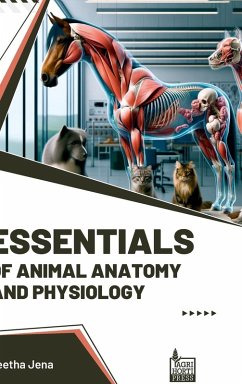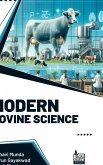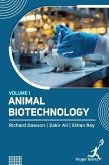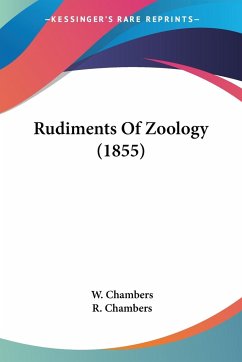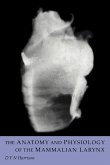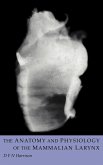1.Fundamental Concepts: Explore core principles of animal anatomy and physiology, covering body systems, tissues, and cellular structures essential for understanding animal biology. 2.Comparative Anatomy: Compare anatomical structures and physiological functions across different animal species, highlighting evolutionary adaptations and specialized adaptations. 3.Organ Systems: Examine the structure and function of major organ systems, including the nervous, circulatory, respiratory, digestive, and reproductive systems, elucidating their roles in maintaining homeostasis. 4.Integrative Physiology: Discuss how organ systems interact and coordinate responses to internal and external stimuli, regulating processes such as metabolism, temperature regulation, and immune function. 5.Applied Anatomy: Apply anatomical knowledge to practical contexts such as animal health, husbandry, and veterinary medicine, emphasizing the importance of understanding anatomy for effective animal care. 6.Clinical Relevance: Explore clinical applications of anatomy and physiology in diagnosing and treating diseases and injuries in animals, emphasizing the importance of anatomical knowledge in veterinary practice. 7.Hands-on Learning: Provide opportunities for hands-on learning experiences, such as dissections, anatomical models, and laboratory exercises, to reinforce theoretical concepts and enhance understanding of animal anatomy and physiology.
Bitte wählen Sie Ihr Anliegen aus.
Rechnungen
Retourenschein anfordern
Bestellstatus
Storno

